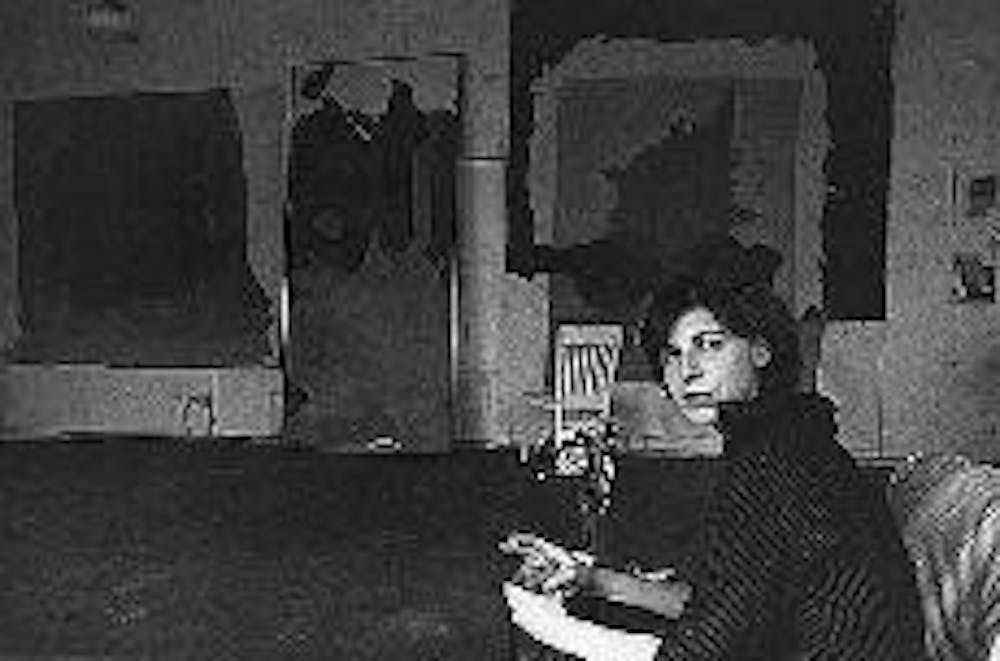Splashes of color bleed across giant canvases, greeting visitors to "Color as Field: American Painting, 1950-1975." The new exhibit, which is open Feb. 29 through May 26 at the Smithsonian American Art Museum, takes on the Color Field movement, one of the immediate heirs to Abstract Expressionism. It features works from several D.C. artists, including Kenneth Noland and Morris Louis, both of whom are considered members of the Washington Color School, whose work dominated the region in the 1960s.
Color Field pieces are defined by a focus on deep, complex, vibrating colors. Subtle shifts and interactions between hues create shrewd compositions. Color Field artists believe the art is in the process - brush strokes, pencil lines and "happy accidents" are all virtues.
Many of Noland's pieces from the beginning of this period feature concentric circles. One such piece, "Earthen Bound," is featured prominently in the exhibit. Though geometric, it is not perfect. Pieces from later in his career, like "Following Sea" and "Dark Sweet Cherry," show Noland's focus on orthogonal patterns in slightly off-kilter canvases. The titles of the pieces lead viewers to realize there is more to the paintings than math.
Several of Frank Stella's precise paintings are also displayed. "Flin Flon IV," part of a series that somewhat mimics the patterns of Celtic knots, is a highlight. Soft sherbet colors follow precise pencil lines, weaving in and out, changing subtly.
Many of Stella's pieces use fluorescent pigments, and many other artists' paintings use mediums new at the time of their conception, like acrylic paint. Experimental mediums interact well with experimental methods in these works.
Louis' translucent layering creates glowing canvases. These so-called "Veil Paintings" were heavily influenced by fellow artist Helen Frankenthaler, whose work is also featured in the exhibit. "Loam" and "Mem" work within tight color palettes, and "Floral V" explores nearly the whole rainbow. These paintings show a complex understanding of color.
Frankenthaler's paintings bleed across unprimed canvas, causing the edges of her interlocking shapes to pulse. She captures emotion in vast inkblot expanses of slick, delicate colors. It is easy to see how her work influenced the works of many of the other artists in the collection.
Other artists featured include Hans Hoffman, Walter Darby Bannard, Larry Poons, Mark Rothko, Clyfford Still and Jules Olitski. Olitski's "Julius and Friends" alone is worth a visit to the gallery. Its overwhelming scale and variation of technique make it a stellar example of the movement.
Unfortunately, the show was curated originally for the Denver Art Museum, and it shows. In places, pieces feel forced into the space, and the light emitted from a nearby exhibit truly disrupts the viewing experience in one place. Multiple entrances make it hard to know where to start, and the limited space can make viewing the huge canvases difficult.
Despite this, "Color as Field" has the power to move viewers. It is a significant exhibit that summarizes the works of an important movement in contemporary art. It is a must-see: The subtlety of the works makes viewing them in person a necessity.
The Smithsonian American Art Museum is located at Eighth and F streets N.W. It is open from 11:30 a.m. to 7 p.m. daily.





